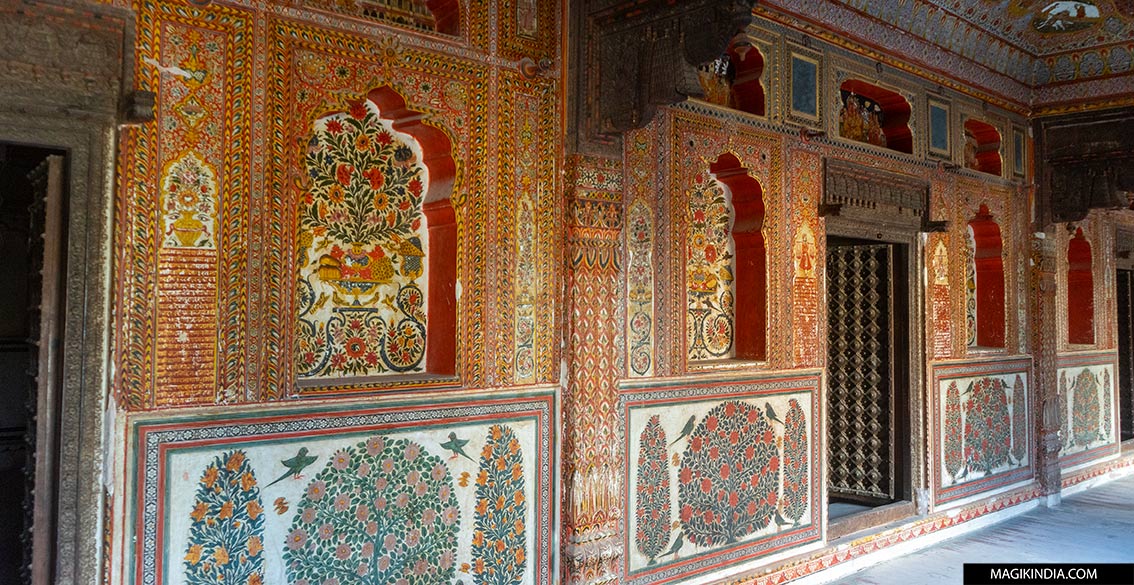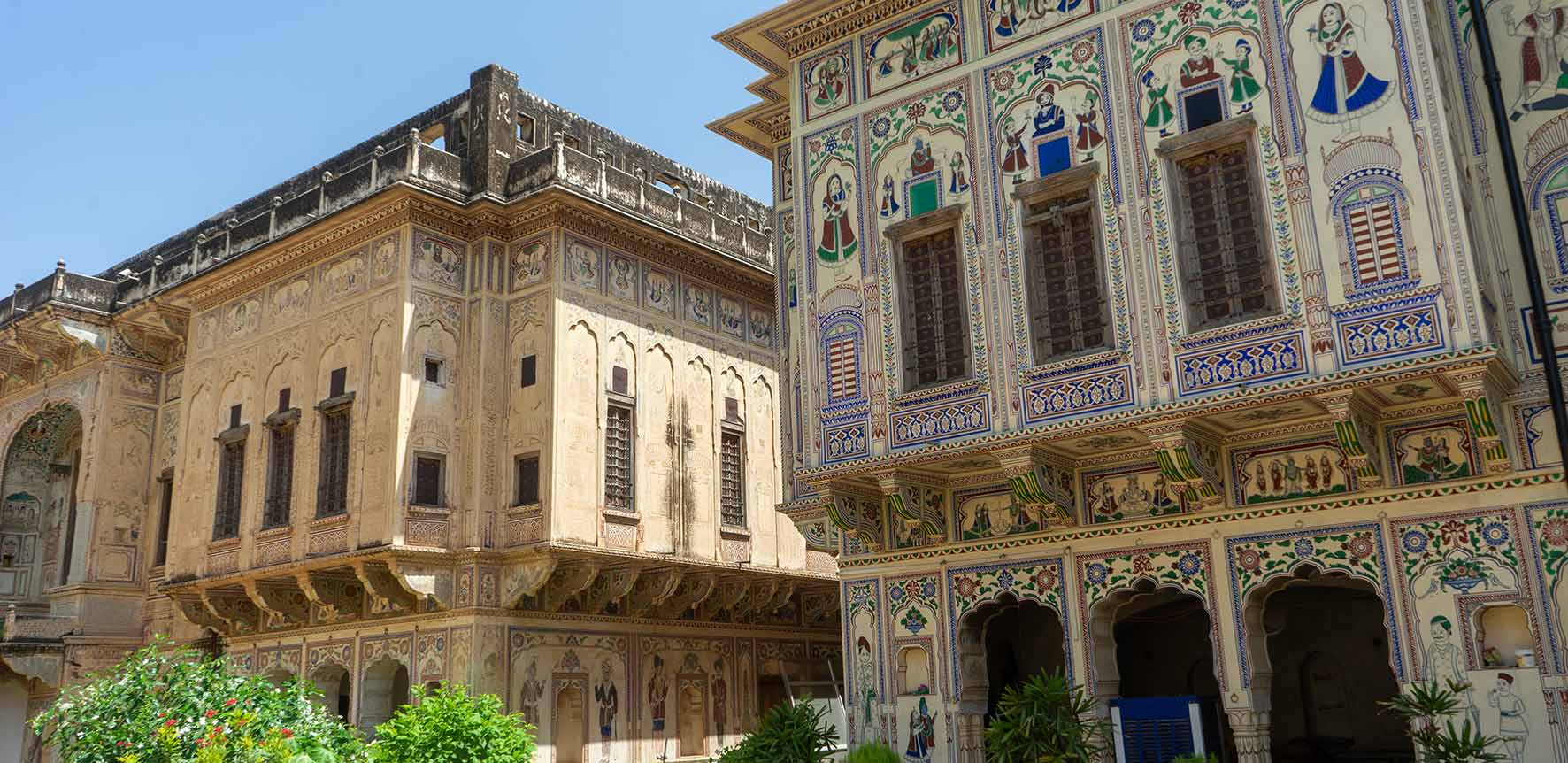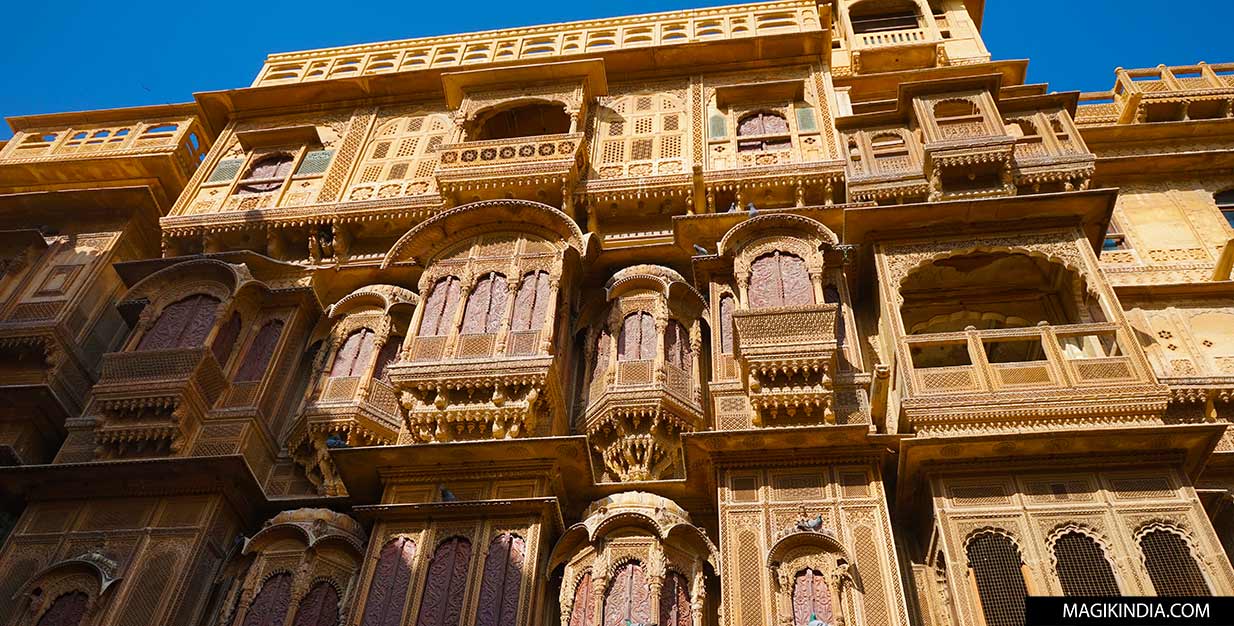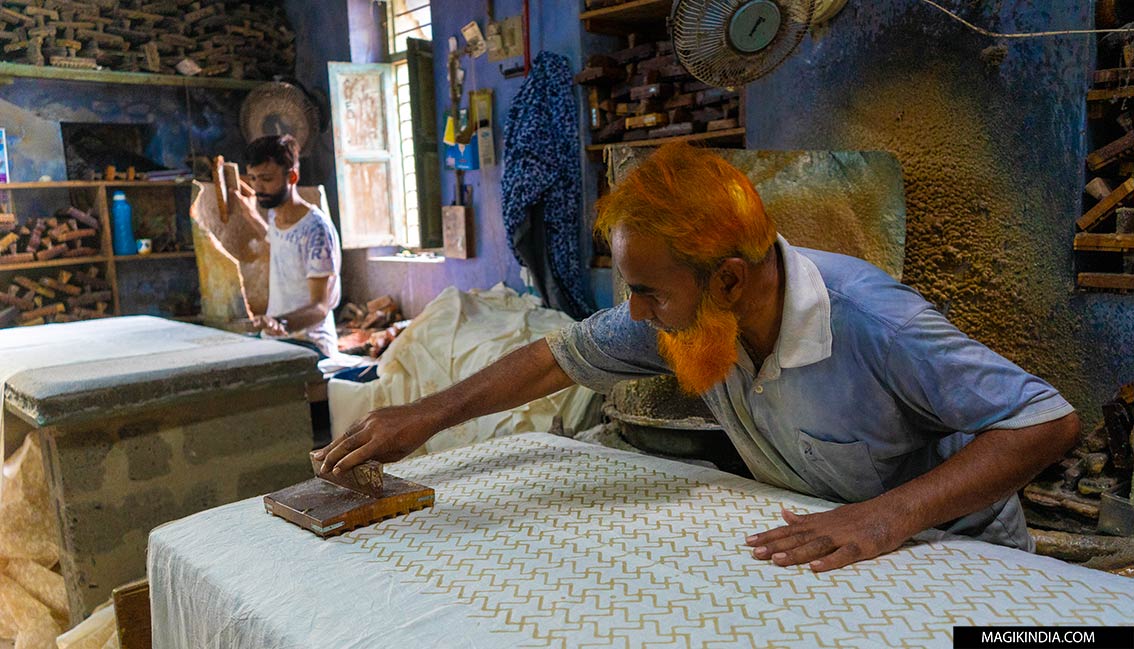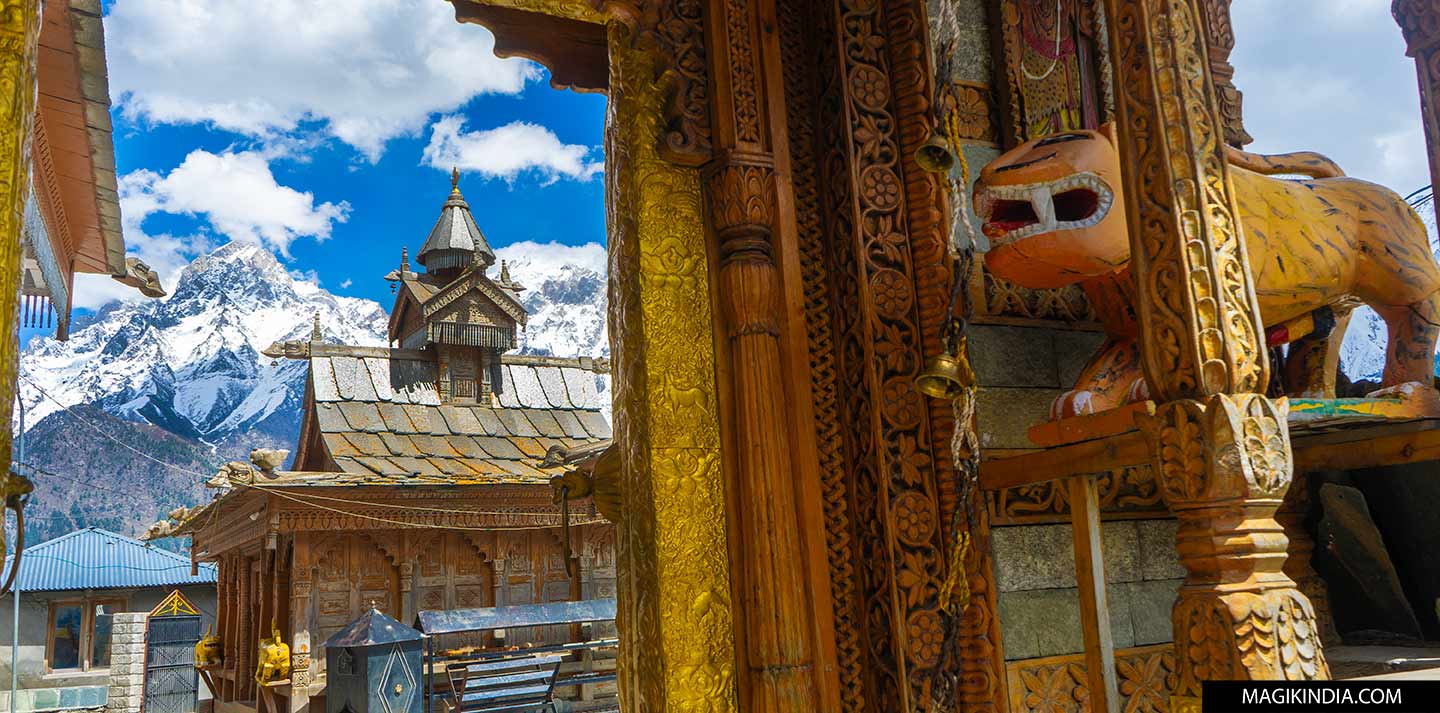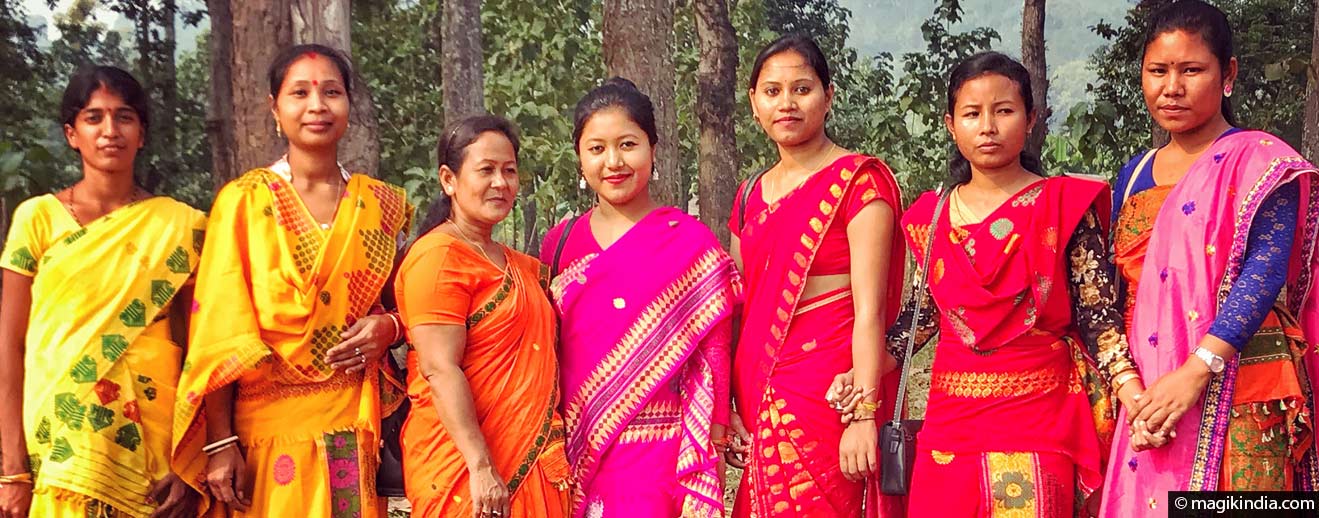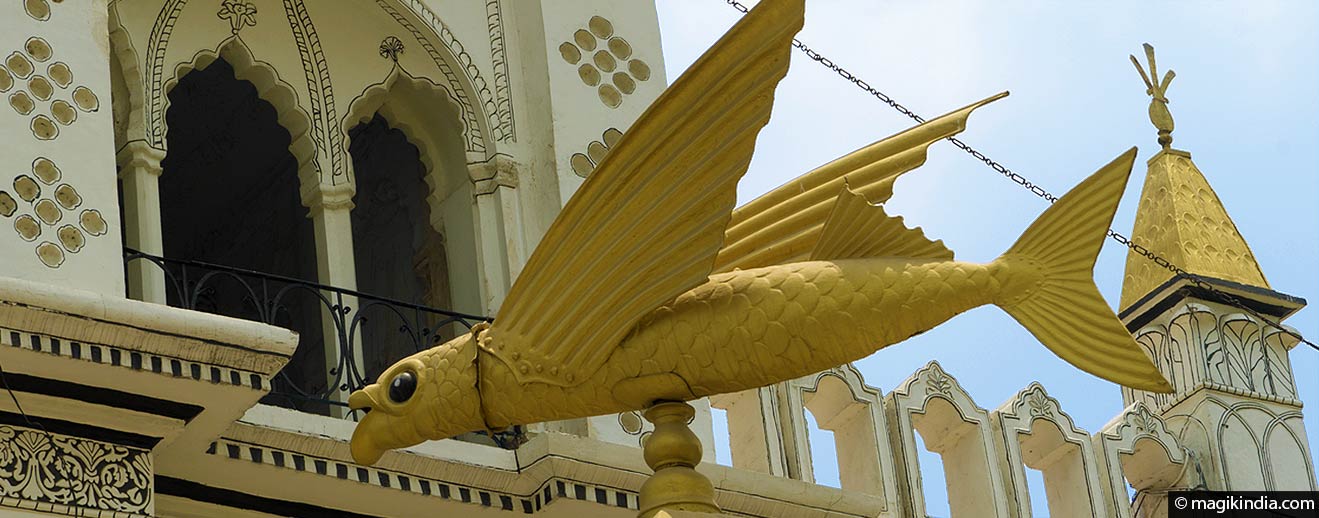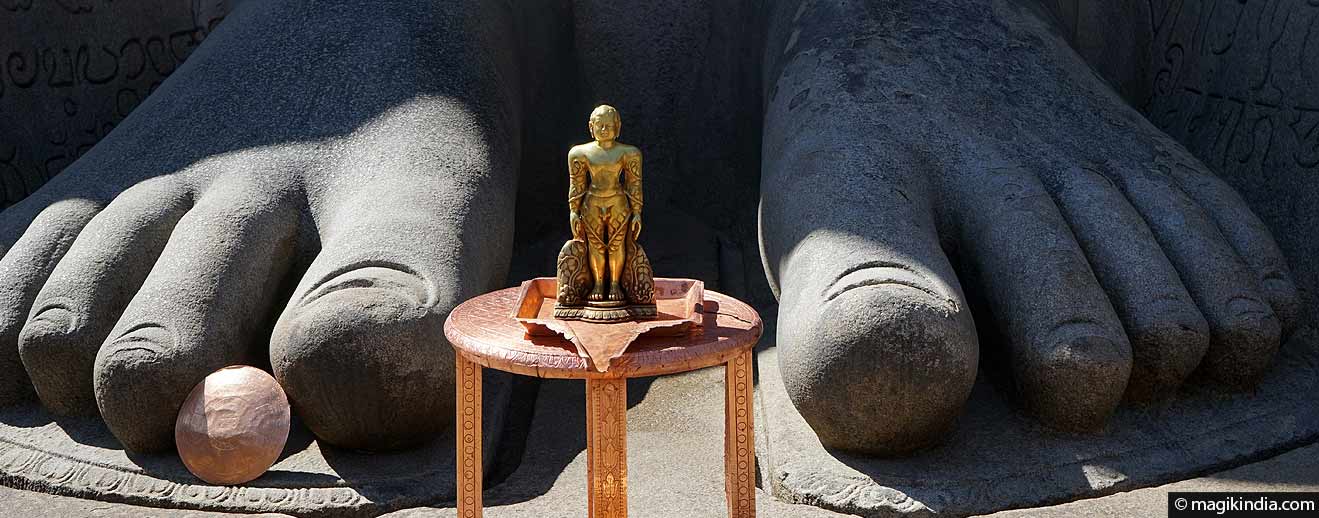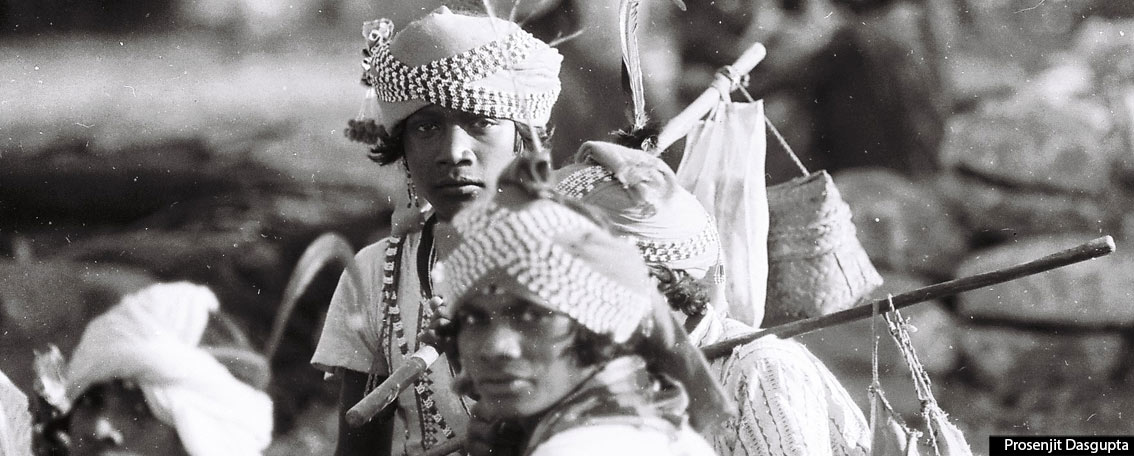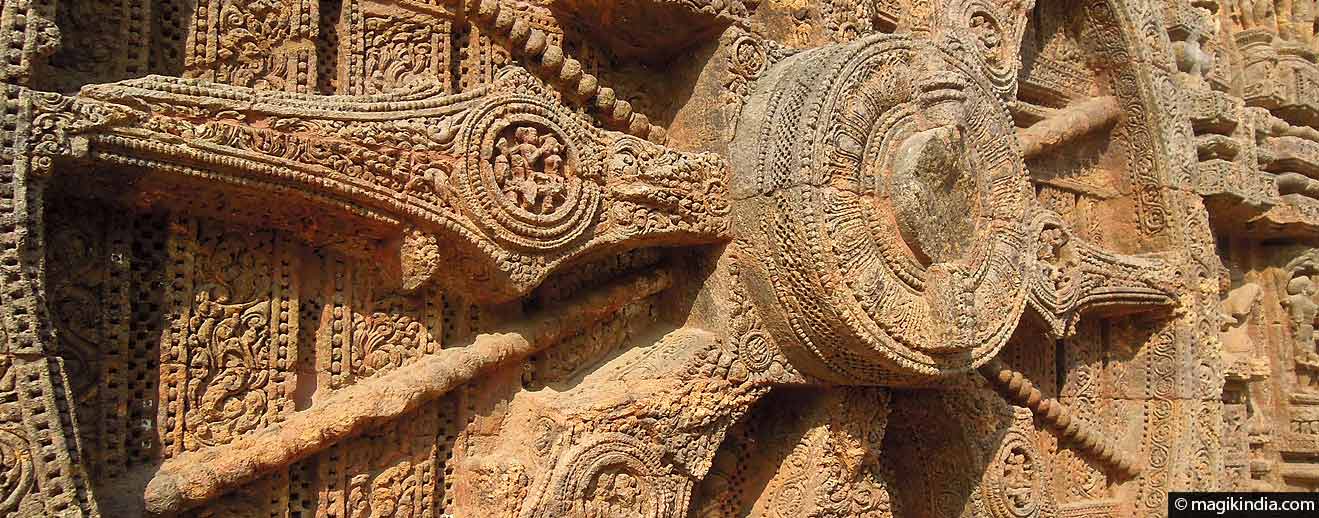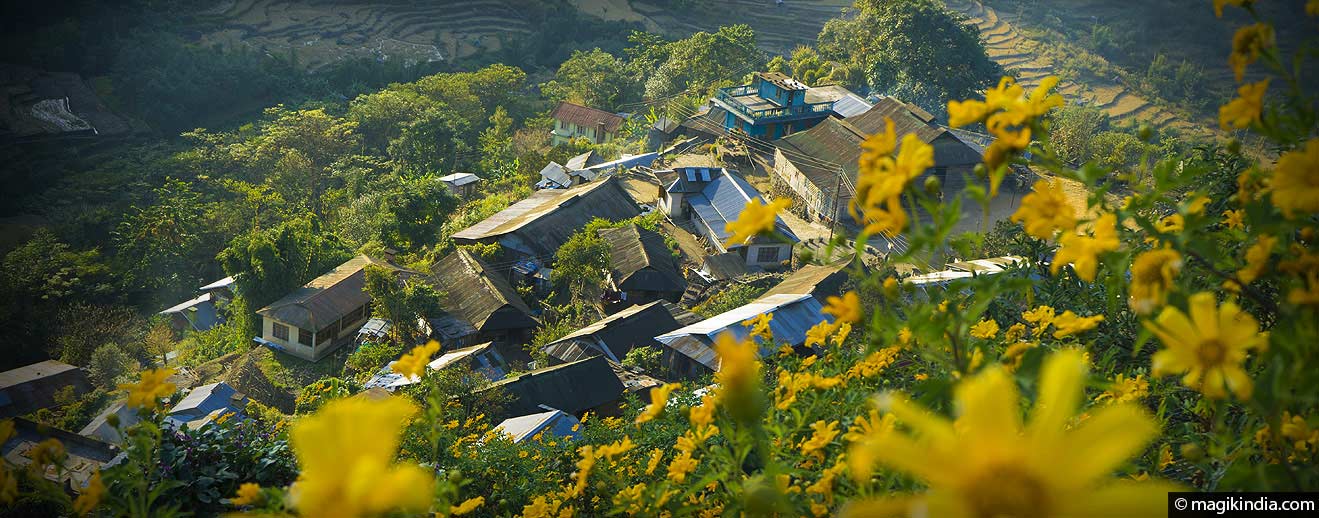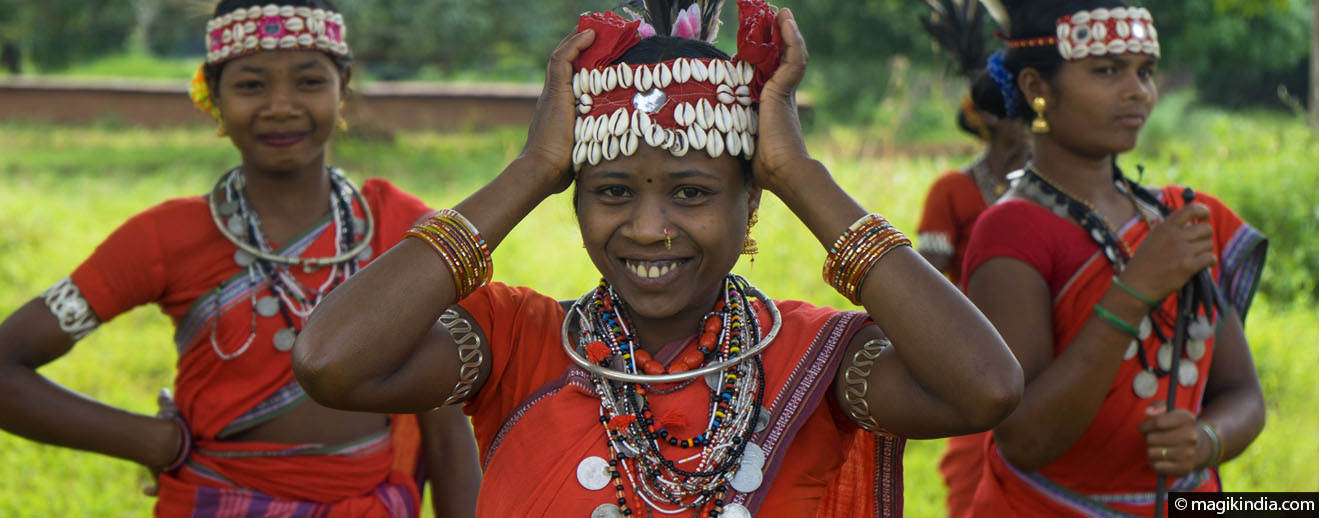
Namaskaram !
Welcome, Padharo ! I'm Mathini, a French woman who has been living in Rajasthan for 10 years. Despite being imbued with Indian culture from a young age it wasn't until 2014 that my Indian adventure really began. I left everything behind in France and set off on a 6-year journey through the land of Gandhi. These adventures are gathered in this blog which aspires, in an intentionally positive spirit, to bear witness to India's remarkably diverse and multifaceted cultural heritage. If this website sparks a desire to pack your bags and set off for an Indian adventure, it will have achieved its purpose. Subh Yatra on Magik India and beautiful explorations in the sacred land of Bharat...
Tucked between the Laccadive Sea and a network of interconnected rivers and lagoons, Alappuzha (Alleppey) offers a picturesque waterside spectacle of palm groves, luxuriant rice fields, kingfishers darting over the water and cormorants lazily stretching their wings, fishermen repairing nets outside their doors and laundry women busy at their task.
Assam state is one of the ‘seven sisters’ of Northeast India, located along the Brahmaputra valley. If its capital offers few attractions, the surroundings in contrast, with its tropical forests – the last habitat of the one horned rhinoceros – its tea plantations and Majuli island with its dancing monks, will seduce the traveler seeking for both culture and wild landscapes.
Lucknow, the capital of Uttar Pradesh, is not the most popular city of the state. Travelers usually prefer the mystic Varanasi or Agra and its famous Taj Mahal. Yet, what a wonderful surprise! Lucknow amazes us with the splendor and refinement of its historic buildings. From the 18th to the 19th century, it was the capital of the Nawabs, extravagant rulers and lovers of the arts, who contributed greatly to the city’s cultural richness by developing dance, music and poetry while building many unique monuments in India.
The colossal Gomateshwara stands tall on its hilltop, like a lighthouse protecting the town of Shravanabelagola and benevolently guiding the traveller. This Jain holy place of rocks and palm trees breathes tranquillity.
This is the second part of the travel experiences of Prosenjit Dasgupta, author of the book ‘Chasing a Dream – Journeys into the heartland of Tribal India’ where he shares his visit to the Bastar region, Chhattisgarh, from 70s to 90s.
Khonoma … I had planned to stay there for only one day, I almost settled there! This ancient village has a real enchanting power, which instantly gives you a feeling of tranquility and serenity. Its discreet, yet welcoming inhabitants, and its preserved environment are a treat for travelers who enjoy the simple things in life and meeting authentic people.
![]() Located 260 km from the capital Raipur, Bastar is the tribal region of Chhattisgarh.The adventurous travelers in search of change of scenery and authenticity will find there what they are looking for. Ancestral temples, dense forests, natural caves and exuberant tribal festivities will leave you with some unforgettable memories.
Located 260 km from the capital Raipur, Bastar is the tribal region of Chhattisgarh.The adventurous travelers in search of change of scenery and authenticity will find there what they are looking for. Ancestral temples, dense forests, natural caves and exuberant tribal festivities will leave you with some unforgettable memories.

